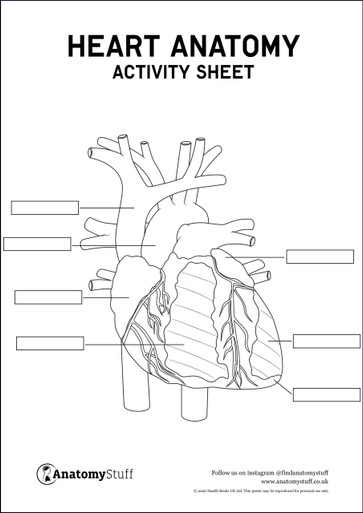Different Ways to Perform CPR
What is CPR/ Cardiopulmonary Resuscitation?
It is a life-saving emergency therapy used when an individual is having trouble breathing or has ceased breathing which may be due to cardiac arrest, drowning, or shock. It aids in blood circulation when a person’s heart is unable to do so. According to research, CPR administered during the first few moments of a person’s heart-stopping can save their life until medical assistance comes.
Indication for CPR:
If a person is experiencing any of the following symptoms, you should begin CPR immediately:
1. Unconscious
2. Not responsive
3. Irregular breathing
4. Unable to breath
Types of CPR
There are two types of CPR, both of which can save a life.
• Hands-only CPR
• Traditional CPR with breaths
Hands-only CPR
Involves chest compression -pressing your interlocked hands on the chest rapidly. It can reduce the time it takes for blood to circulate throughout the body. Only do hands-only CPR if an adult or teenager is experiencing cardiac arrest. If the distressed individual is a child or infant, it is not advised.
Traditional CPR with breaths
This technique combines chest compressions with mouth-to-mouth breathing. Each age group has a different chest compression method.
In the critical seconds, before rescue comes, this type of CPR can provide more oxygen to the body.
CPR Procedure:
CPR procedures alter depending on whether the individual is an adult, a child, or an infant. The main distinction is whether chest compressions are done with two hands (for adults), one hand (for children), or thumbs (infants) or depth of compression. Before you begin CPR on adults, children, or infants, make sure you follow these instructions.
Examine your surrounding:
Make sure it’s safe for you to contact the individual who requires assistance.
Determine whether the person is responsive:
Determine the person’s responsiveness by asking questions loudly, “Are you OK?” as you tap their shoulder.
Clear Airway:
Make sure the victim’s mouth and throat are free of debris. To make the airway clear, slightly tilt the victim’s head back.
Breathing:
Listen and feel the victim breathing for 10 seconds, check if the individual is breathing properly or not.
Defibrillation:
If the individual doesn’t respond, call the local emergency number. If an Automated External Defibrillator is accessible, then place it on the patient.
Free PDF Downloads
View AllCPR for adults: what to do and how to do it?
The AHA uses the letters CAB to help people remember which CPR procedures to do in what order.
• C stands for compression
• A Stands for airway
• B stands for breathing
Our CPR Prompt Manakin is a great training tool.
Compression
The most crucial aspect of CPR is chest compressions. Follow the steps given to do CPR compressions:
• Place the individual in a supine position lying on a hard surface.
• Kneel beside the person’s head.
• Placing the heel of one of your hands in the centre of your chest. Interlock your fingers by placing one hand over the other and lifting them to their chest.
• Maintain your elbow in a locking position place yourself directly over the patient’s chest.
• Push on the patient’s chest for at least 2 inches. Make use of your complete bodyweight (rather than simply your arms).
• At a rate of 100-120 compressions/minute. According to the American Heart Association, compressions should be done to the rhythm of the music “Stayin’ Alive.” Between compressions, allow their chest to recoil.
• People who haven’t had CPR training should start with chest compression (hand on CPR) until medical assistance arrives. Once you’ve received CPR training, continue to (Traditional CPR with breath) rescue breathing and opening the airway.
Open the airway
If you’ve completed 30 chest compressions and are skilled in CPR, carefully tilt the head back and push the chin forward to open the airway.
Give mouth-to-mouth breathing
• After opening the airway, squeeze the nostrils closed and ensure a good seal by placing your mouth over the patient’s mouth.
• Make sure you’re ready to provide two rescue breaths. Blow into the patient’s mouth for almost 1 second, keeping an eye on their chest to see whether it rises. If your chest rises, go for a 2nd breath.
• If the chest doesn’t rise, again check the airway for any obstruction. One cycle consists of 30 compressions followed by two breaths.
• Look at the patient’s chest and wait for it to drop as the breath progresses. Look for evidence that air is being released by listening and feeling. Keep their head tilted and their chin lifted.
• To re-establish blood flow, resume chest compressions.
• Apply an automated external defibrillator (AED) as soon as one is available
Related products
View All












